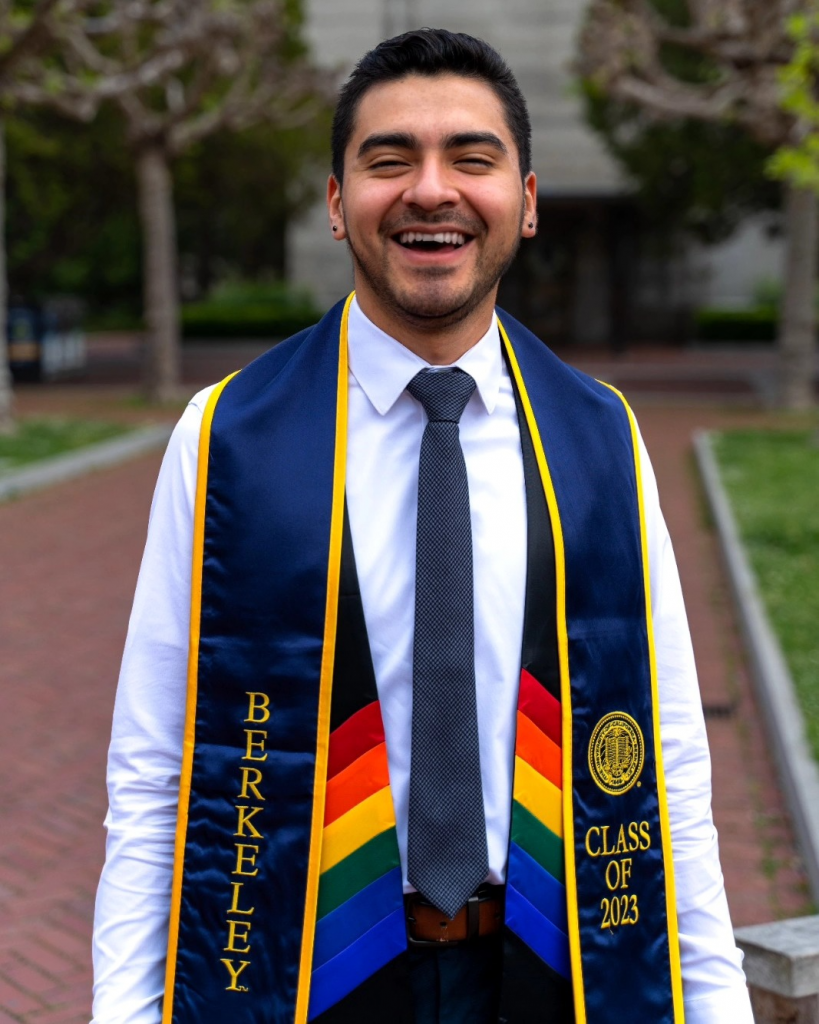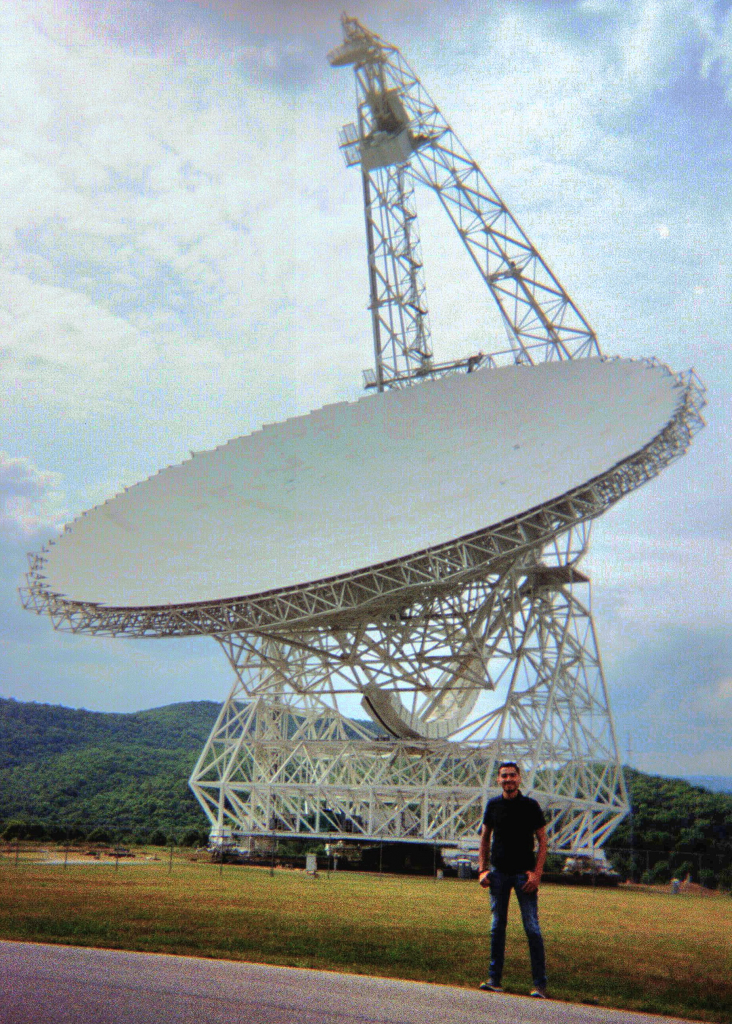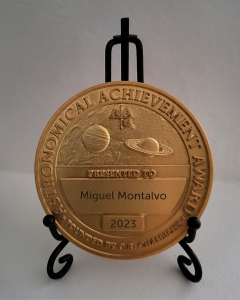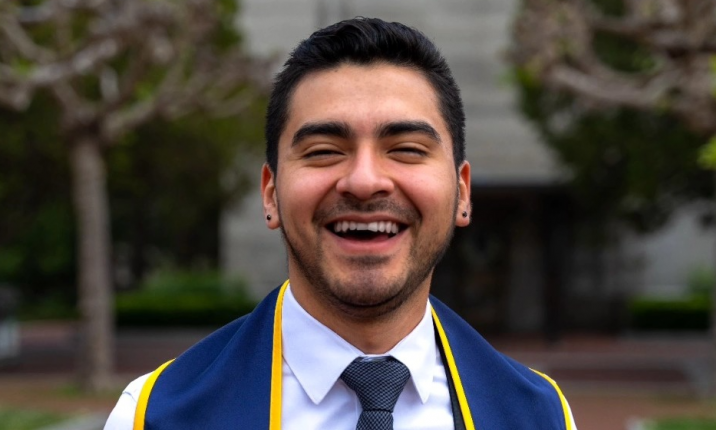
My name is Miguel Montalvo, and my journey into Astrophysics has been far from straightforward. It began in El Salvador, where I pursued a B.S. in Physics at the University of El Salvador. However, financial challenges forced me to leave school after two years to work full-time. Despite the setback, my passion for science didn’t waver. Seven years ago, I took a bold step: I moved to the United States, determined to find a new path forward.
Starting over in a new country wasn’t easy, but I was driven. I began at a community college, balancing a full-time job with classes. After three years of hard work and dedication, I transferred to UC Berkeley, where I completed a B.S. in Engineering Physics. Thanks to the financial support of organizations like the Hispanic Foundation of Silicon Valley and the Kennedy King Scholarship Fund, I could focus entirely on my studies and finish my degree.
My academic journey took an exciting turn when I became a National Astronomy Consortium (NAC) Research Fellow at the U.S. National Science Foundation’s National Radio Astronomy Observatory (NSF NRAO). Diving into extragalactic astronomy research, I focused on Luminous Infrared Galaxies (LIRGs), working with data from the Atacama Large Millimeter/submillimeter Array (ALMA). Using the Common Astronomy Software Applications (CASA), I processed archival data to map the gas distribution and kinematics within the LIRG ESO 203 IG001, revealing insights into star formation in extreme galactic environments. This project marked my first attempt at writing a scientific report suitable for publication–a milestone that pushed me to present complex data with clarity.
The mentorship was invaluable throughout this experience. Working closely with Drs. Loreto Barcos Muñoz and Devaky Kunneriath shaped my research approach and provided a foundation of support that made all the difference. The NAC program also connected me with a vibrant community of other aspiring astronomers, creating friendships and professional networks that have enriched my path.

One of the highlights of my fellowship was our summer symposium at the NSF Green Bank Observatory, where I presented my research alongside other students and climbed the Green Bank Telescope. Standing on this massive instrument, built to scan the skies, was unforgettable. Later, presenting my research at the American Astronomical Society (AAS) conference, taught me invaluable lessons in science communication and helped me connect with established researchers.
By returning to the NAC program for two additional years, I had the opportunity to conduct research at both Michigan State University and Princeton University, which allowed me to continue presenting my work at AAS conferences. As a result, during my last two presentations, I was honored to win the Chambliss Astronomy Achievement Medal–once as an undergraduate and once again as a graduate student–validating the years of dedication to my work.

These experiences eventually propelled me to apply to Ph.D. programs, and today, I am pursuing my doctorate in Astrophysical Sciences at Princeton University. Reflecting on my time at NRAO, I recognize how transformative it was–not only academically but also personally. It deepened my understanding of the cosmos and sharpened my ability to communicate science. Most importantly, it showed me the critical role of radio astronomy in uncovering the mysteries of our universe, reinforcing the value of studying astrophysical objects across the electromagnetic spectrum.
About NRAO
The National Radio Astronomy Observatory (NRAO) is a facility of the U.S. National Science Foundation, operated under cooperative agreement by Associated Universities, Inc.
About the NAC
The goal of the National Astronomy Consortium (NAC) is to broaden participation in STEM by students from underrepresented and underserved communities. The NAC program offers research and training experiences in fields related to the operation of an astronomy observatory (e.g., science, data management and analysis, and engineering). NAC students are hosted by five organizations: the NRAO, Space Telescope Science Institute (STScI), Princeton University, University of Wisconsin-Madison (UWM), and Michigan State University (MSU).










